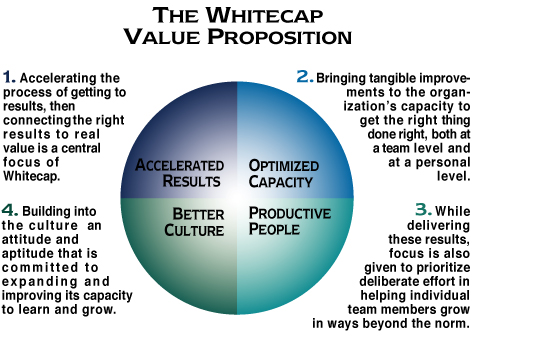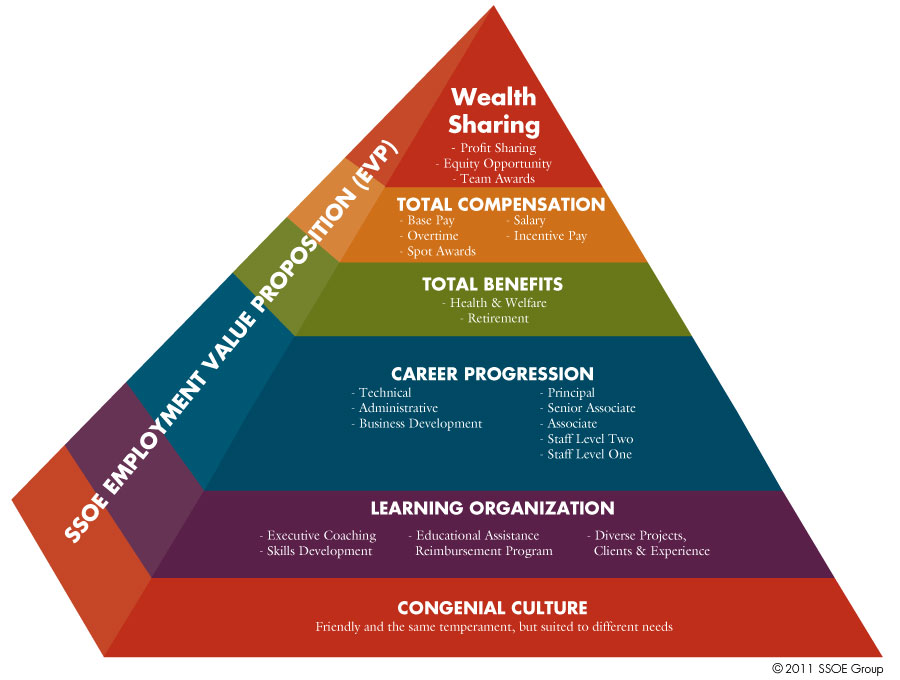We can define a value proposition as a promise of value to be delivered and acknowledged and a belief from the customer that value will be appealed and experienced. Simply, it is a tool to communicate the value of your brand’s product/service to your prospects and customers.
The value proposition is a promise of value to be delivered that fulfills these four criteria:
-
- Easy – a strong value proposition requires little effort for the customer to understand and translate it to their needs.
- Relevant – it explains how your product/service solves a targeted customer’s problems or improves their situation.
- Quantified value – it delivers specific benefits, preferably in $/ time period.
- Unique differentiation – it tells the ideal customer why they should buy from you and not from the competition.
Value Propositions That Fall Short of the Mark
Value propositions are sometimes delivered in different formats in an attempt to communicate the promise of value. While visually appealing, these formats often fail to provide a clear value proposition. Following are three examples of value propositions that fulfill certain aspects of the four criteria but ultimately fall short of the mark.
Salesforce was ranked among the top ten value propositions in a popular blog on the topic. This post’s criteria for defining a leading value proposition included the following: it is the first text the user sees, it makes a strong impression, and it engages them to investigate further.

If we reflect on the four criteria for delivering value as outlined above, this example offers a succinct and engaging “tagline” that somewhat demonstrates two of the four (Easy, Unique Differentiation). However, overall, this does not meet the above criteria as a strong value proposition.
Another example from Whitecap Consulting reveals four statements of value that the company delivers to its clients, which are summarized in the inner circle of four elements shown below. Each of the four statements is clear if you take the time to read the fine print, but there is not one simple concise statement that delivers value to the potential client. As such, this example does not meet the above criteria as a strong value proposition.

Finally, the SSOE Employment Value Proposition presents a very attractive image of the value SSOE delivers to its employees. It presents six major benefits with lists of sub benefits, but does not offer a simple, concise statement of value. Again, this does not meet the above criteria as a strong value proposition.

The Anatomy of a Strong Value Proposition
Based upon many years of consulting and brand development, we have found that the value proposition is optimally one sentence – usually 20-30 words long – that simply answers these four questions:
- What product or service do you provide?
- Who are your customers/targets?
- Why is your offering unique and different?
- What are the end-benefits/expected improvements?
A strong value propositions answers the fourth question by delivering tangible results for both the customer and the product/service:
Customer
- Resolves a problem, want, or need
- Increases quality of life
- Saves time and/or money
Product or service
- Increases revenues/market share
- Decreases costs
- Improves operational efficiency & employee retention
- Increases exposure & brand recognition
- Impacts future goals & time to market
Value Propositions That Deliver
Fulfilling the four criteria outlined above, here are three examples of one-sentence value propositions that deliver:
“HubSpot is an inbound marketing software platform that helps companies attract visitors, convert leads, and close customers.”
“Geekdom is a new kind of collaborative coworking space where Entrepreneurs, Technologists, Developers, Makers & Creatives help each other build businesses & other cool things together.”
“BMS Direct invoice processing services offers a comprehensive printing and delivery solution for municipalities and organizations nationwide that reduces delivery times and generates significant direct cost savings.”




